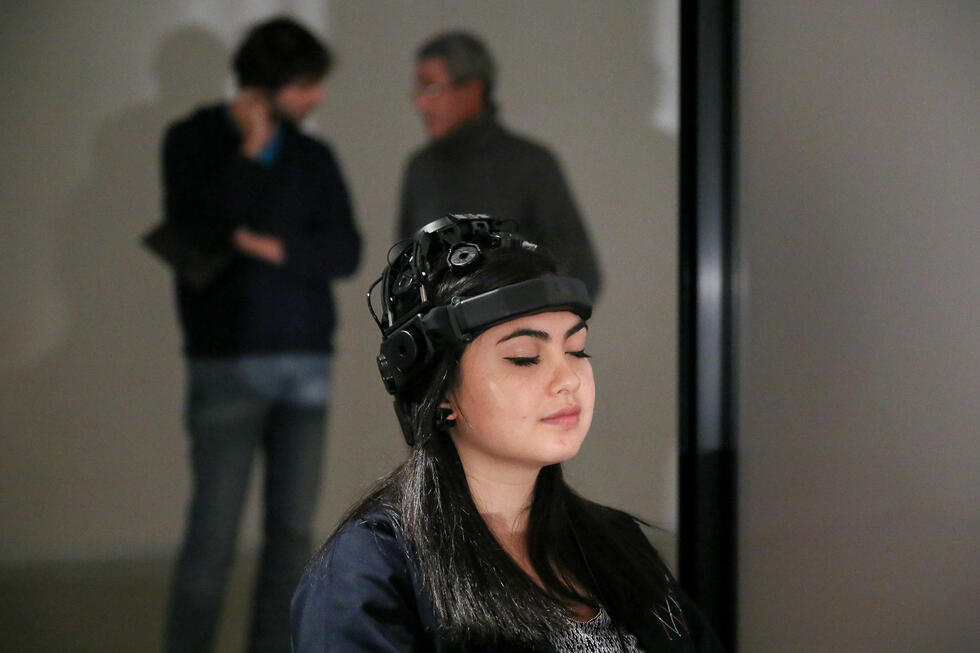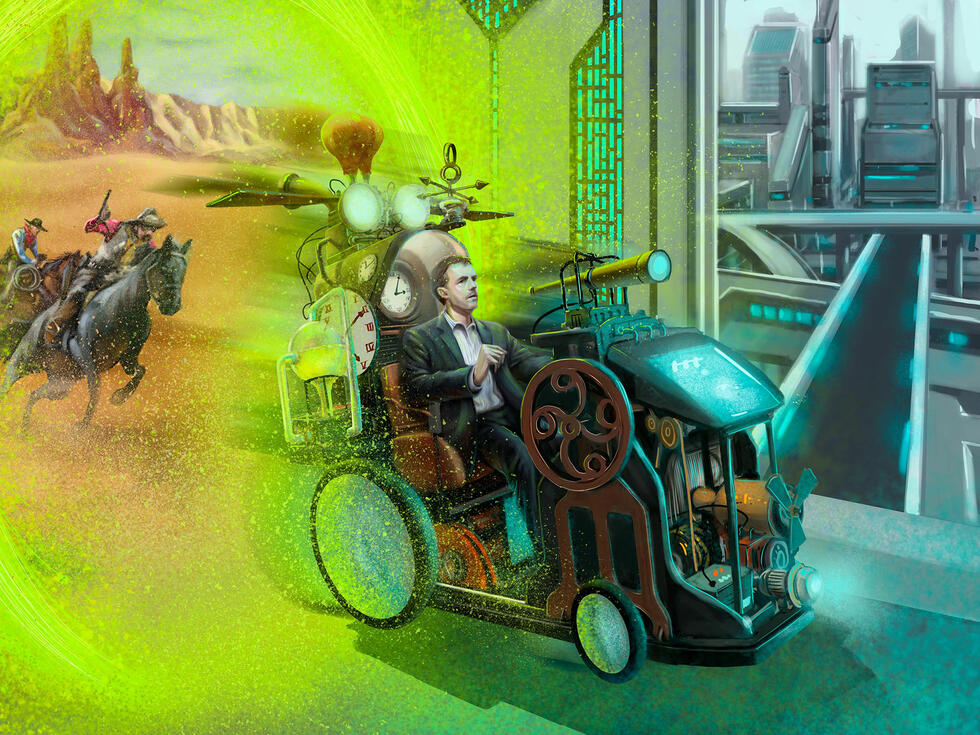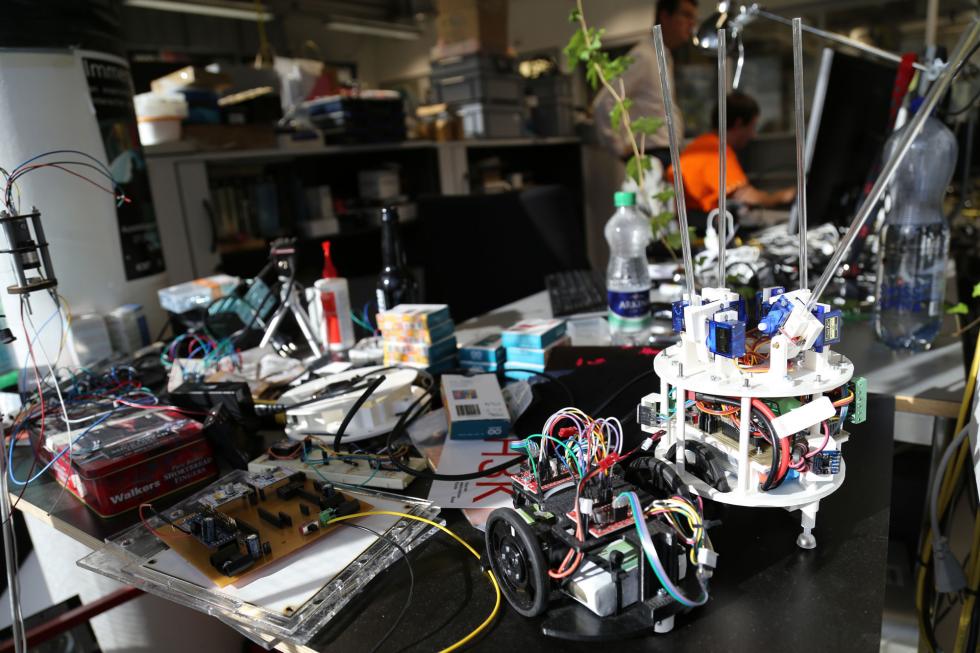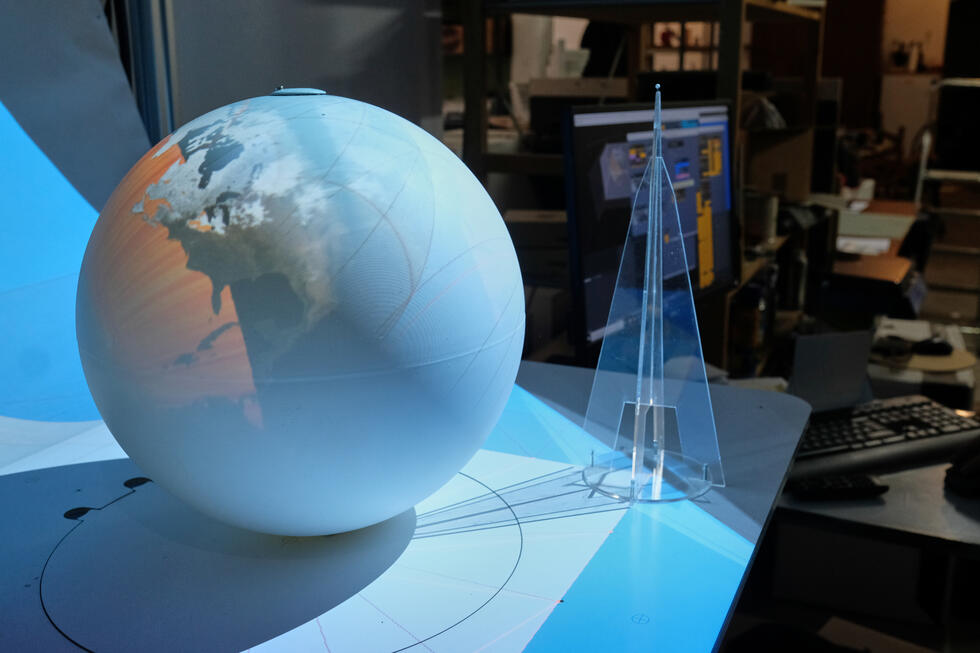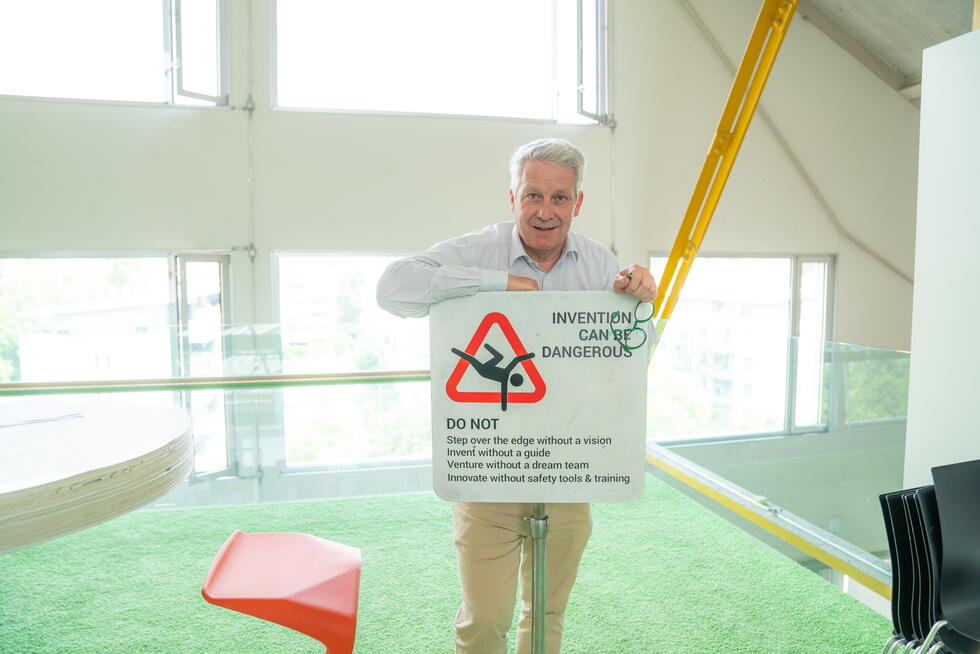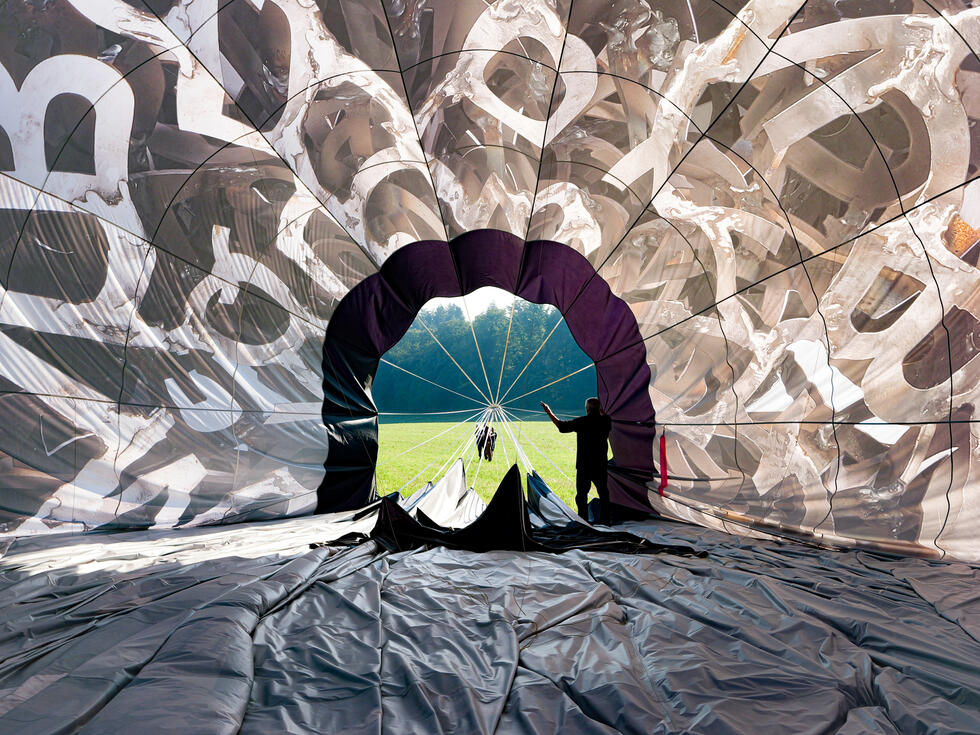SHORT NEWS
When will the first person fly to Mars?
Exactly 50 years ago, humans set foot on the moon for the first time. The next destination is Mars. Many scientists believe that it will not take us another 50 years until we are able to take our first steps on the red planet.

The countdown to the first manned mission to Mars is running. From a purely technological perspective, the flight to the red planet would already be possible today. However, there is some controversy as to how long it will take for the first humans to actually fly to Mars.
Early August 2048 is the projection made by Ulrich Walter, former astronaut and Professor of Astronautics at the Technical University of Munich. At that time, the Earth-Mars constellation will be favorable for a landing on the planet, which is only about half the size of our own, the physicist explains. He believes it unlikely that it will work out before then. Other scientists are definitely more optimistic.
But no matter when we actually do fly to Mars, there is one problem we will face: Ultimately, the astronauts must also return to Earth unharmed. And it is here that Ulrich Walter sees considerable risks. Nevertheless: “There is a planet out there that is within our reach. This fact alone will drive people to go there,” he says.
Signs of life?
And just what is the point? Mars is a source of fascination for many scientists, including the ESA astronaut Alexander Gerst, a former Commander of the International Space Station ISS. He believes it is possible that there is life on the rocky planet, which would take us six to seven months to reach.
“If we fly to Mars and actually find signs of life there, no matter whether extinct or still alive, it would mean that the universe is most probably teeming with life,” Alexander Gerst explains. “This would be one of the most remarkable philosophical events imaginable to humankind: proof that we are not alone in the universe.”
There is no indication of advanced life forms on the planet, which is known for its rust-red desert landscape. “Mars used to be very similar to Earth,” the astronaut says. “It had a dense atmosphere.” And unlike today, there also used to be water on the surface.
Pale gypsum formations, which are still visible today, may have been formed by the evaporation of water. This is another aspect that is of interest to scientists: What exactly happened on Mars – and what can we learn from it for our own planet? And what else could be discovered there – in the 2500-mile canyon system, for example, the largest in our solar system?
A major challenge
Elon Musk, the space visionary and CEO of Tesla, the US electric car manufacturer, hopes to colonize Mars and move one million people to the red planet. To him, Mars is an alternative to Earth. But living there will not exactly be easy.
Even the initial Mars missions will pose a challenge. The physician Carmen Possnig, who spent a year at the Concordia station in Antarctica under conditions similar to those that astronauts would face on another planet, knows the difficulties: Solitude, a lack of stimuli, barely any privacy, to name but a few.
For people on Mars, Earth would only be a tiny blue dot in the night sky, Alexander Gerst explains. “On the one hand this is frightening, because nothing remains that is familiar, and out there we would be in a completely new environment. On the other hand, I am looking forward to when the first explorers return from Mars to tell us about what they experienced there.”


